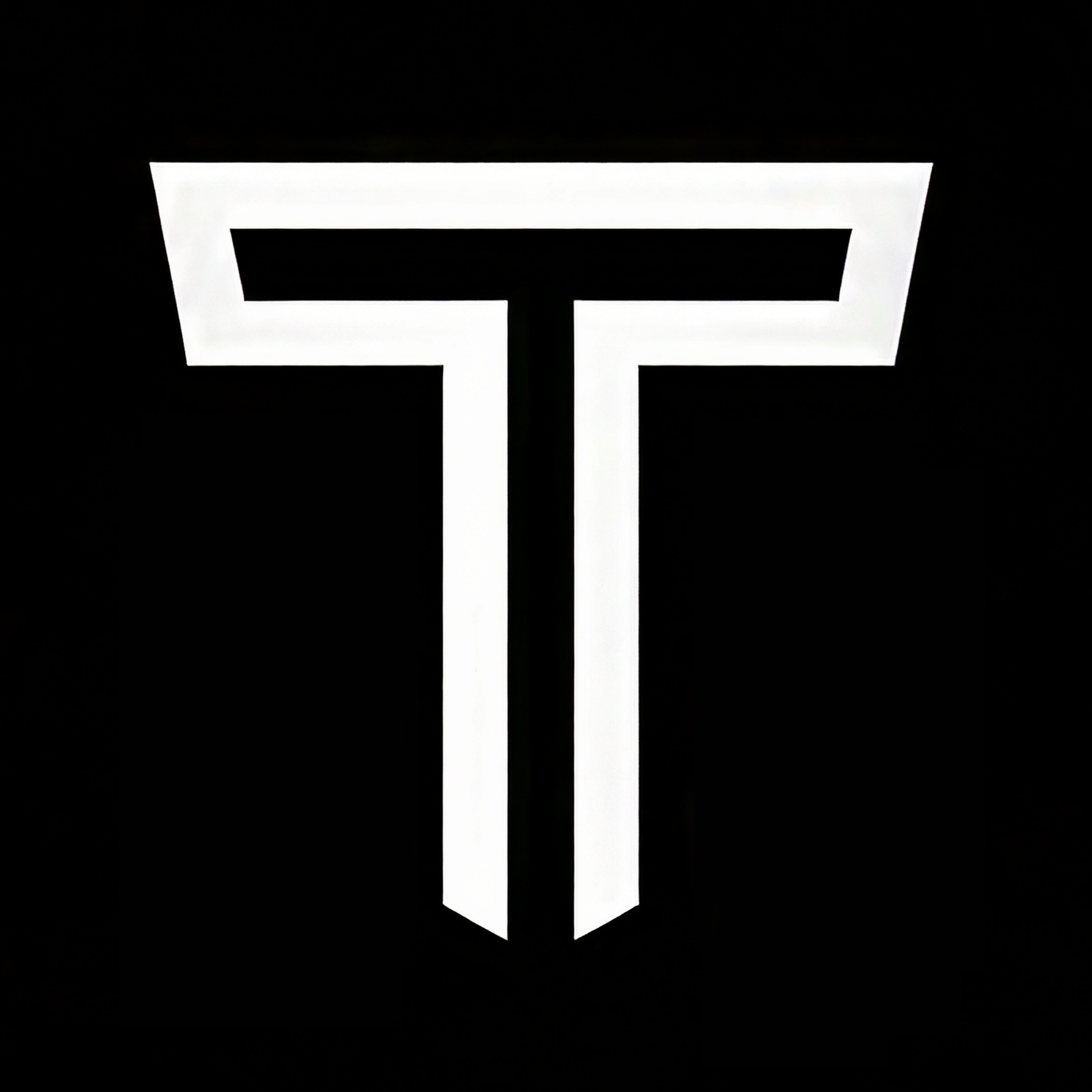Our aim is to help organizations build a Capability-Centric Operating Model for the AI Era — one that translates strategy into a Stable Component and a Dynamic Component, guided by four core principles:
Activate transformation across four dimensions: Strategy, Governance, Cross-Functional Teams, and Functional Teams
Embed enterprise architecture and enterprise AI enabling capabilities into the operating model
Balance stability (governance, risk, culture) with agility (rapid iteration, empowered teams)
Involve leadership and HR to ensure culture, skills, and accountability scale alongside technology
Stable Component: Business Capability Building
Business Capabilities are the essential abilities an enterprise must possess to achieve its mission and strategic objectives. Capability building incorporates People, Process, and Technology — augmented by AI capabilities — leveraging agile and waterfall delivery practices as appropriate. While business capabilities are stable, their relative importance may shift over time, requiring periodic reprioritization of investments in capability building.
A simple enterprise architecture such as the one below could capture the essential business capabilities (vertical) and enterprise IT and enterprise AI enabling capabilities (horizontal).
Value Streams are captured through the integration of business capabilities across the value chain, aligning the flow of activities that create value for the enterprise.
Dynamic Component: Innovation and Discovery Engine
To ensure that strategy remains dynamic, we propose an Innovation and Discovery Engine that quarterly identifies and implements new experiments along the following outline:
Identify the strategic context
Assess required business capabilities
Identify a number of experiments based on the two steps above
Implement the identified experiments in parallel during the quarter
Incorporate the results into the strategy and capability-building reprioritization
Continuous Transformation Across Four Dimensions
Our approach to building the above-described operating model is through continuous transformation, activated simultaneously across four dimensions, as shown in the diagram below.
These dimensions operate in unison as integrated levers to drive sustained change and execution alignment.



